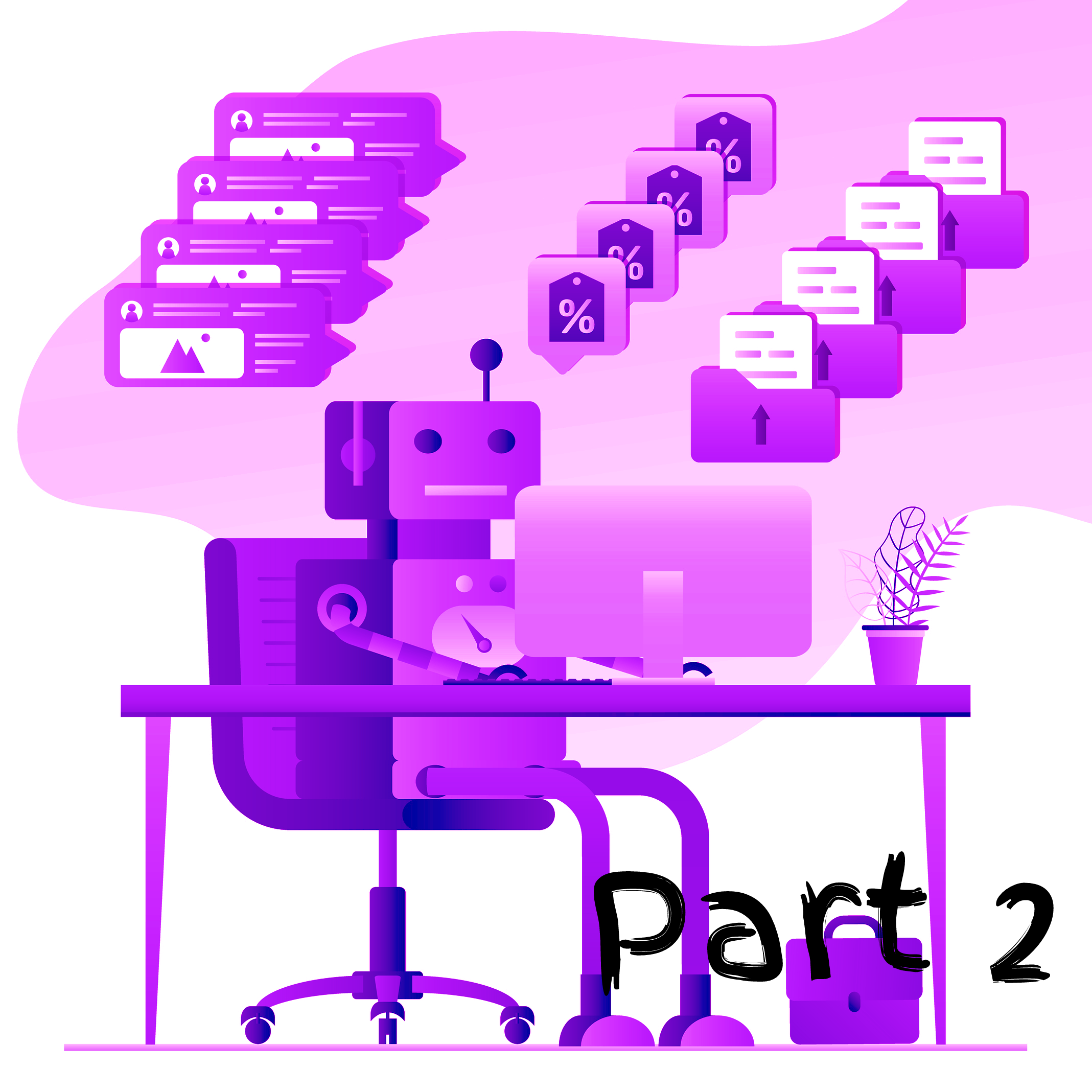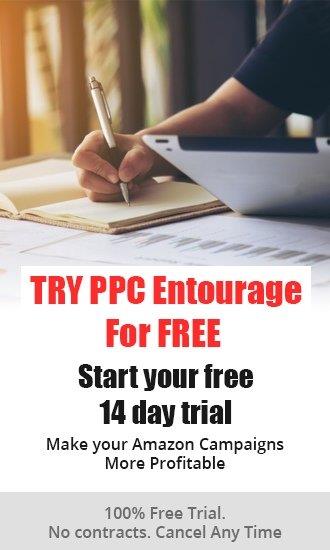In Part 1 of Amazon PPC Automatic Campaign, we discussed why this type of campaign should spearhead any seller’s overall Amazon PPC strategy. Auto campaigns are easy to set up and can provide a wealth of actionable data pertaining to online shopper’s search terms and habits.
In Part 2 of this series, we will show you how to optimize/manage your Automatic campaigns with bid and search term optimization strategies that will help you to save time and money.
How to Optimize an Amazon Automatic campaign
Automatic campaigns can be optimized in the following ways:
SKU Optimization
The goal of SKU optimization is to identify those SKUs which are underperforming, so that you can pause sending traffic to them and divert it to better performing SKUs. Inside of your advertising console, look for SKUs which have a relatively high ACoS (60%-70% or higher). This is ideal for low bid auto campaigns where there are multiple SKUs within a single campaign.

(Above: SKU Optimization section for an Automatic Campaign inside of PPC Entourage)
Amazon PPC Bid Optimization
Sellers can use the Max Bid Formula to optimize their Automatic campaigns. The Max Bid Formula reveals the maximum bid a seller can use to reach their target ACoS. This formula consist of the selling price x (target ACoS divided by 100), divided by the click to order ratio. The click to order ratio is the number of clicks it takes to secure a sale. The click to order ratio can be determined on a keyword level because each keyword has a unique click to order ratio.

This formula is simple to use and it quickly lets sellers know the target ACoS that they should be focusing their bids on.
Inside of Seller Central, there are four Automatic targeting types (Close Match, Loose Match, Substitutes, Complements), that have individual bids associated with them. Each group also has a different ACoS and click to order ratio.
Sellers can utilize the Max Bid Formula to determine the precise bids necessary to obtain the desired ACoS for each Auto targeting group. However, if a seller is using a general default automatic bid, he or she would only have to set one bid price to be used across the entire campaign, applying the Max Bid Formula to that single bid.
Amazon PPC Search Term Optimization
This occurs when a seller digs into their Search Term Report to identify all of the search terms that have led to clicks and sales (but those sales may not have been profitable), in order to perform a Negative Exact Match. Using this match type will restrict a seller's ad to show for search queries that have the exact phrase or is a close variant of it.
By focusing on the number of orders and the number of clicks, sellers are able to determine the click to order ratio. Knowing this helps to indicate when a seller should use Negative Exact Match.
Amazon PPC Placement Optimization
Sellers are able to differentiate their bids and assess their performance by three Placements: Top of Search, Rest of Search, and on Product Detail Pages.
Top of Search are the ads at the top of the first page of search results.
Rest of search are the ads shown in the middle or at the bottom of the results page and on the second page of the results and beyond.
Product detail pages refer to the placements on those pages, and certain other placements off search results like the Add to Cart page.

By performing deep bid optimizations, sellers can identify which placements are receiving the most traffic, generate the highest ROAS (Return on Ad Spend), and best ACoS, in order to channel traffic into those areas by increasing the bid adjustments.
When you do this, your bids will increase by the specified amounts when your ads compete for opportunities on those placements. This will help increase the visibility of your ads and generate additional impressions for a specific placement.
Sellers should review the data regarding placement performance at least once per month, in order to fine-tune and enhance the results from the Automatic campaigns they are running.
It is important to note that it is possible that bidding by placement can negatively impact your ACoS, as you are bidding higher just for placement and not necessarily increasing conversions.
How Often Should You Optimize?
The answer to this question comes down to how much data is being generated from a seller's automatic campaigns, which is tied closely to how much money he or she is spending each month on Amazon ads.
If a seller is spending several thousands of dollars each month, there will be a greater influx of data, which will allow them to optimize much more frequently than someone who is only spending a few hundred dollars per month.
With a large Ad Spend expenditure, a seller can perform optimizations on a daily basis. If a seller is operating with a significantly smaller ad budget, he or she may need to wait a few weeks
or even a month before acquiring sufficient data to prudently act upon.
Keep in mind that there is a 24-hour data delay. Sellers should be cautious that they aren't over-optimizing their campaigns due to this lag time, which can cause them to be misinformed about the performance of their auto campaigns.
Conversion lags are the time delay that happens between a click being paid for and the resulting purchase showing on a report. They can make getting a clear picture of performance difficult. Make sure to consider these in your analysis and optimization.
Amazon Sponsored Product Ads are increasing in price and competition. Auto campaigns are a great way to collect data easily and cheaply. Sellers can use this intelligence to refine their PPC campaigns so that they produce better ROAS.
Performing regular Auto campaign optimizations of bids, search terms and placements are 'must-do' tasks for any seller desiring higher conversions, lower ACoS and more visibility for their products and brand with online shoppers.
Entourage: Software to Scale Amazon Ads and Results Driven Management.











